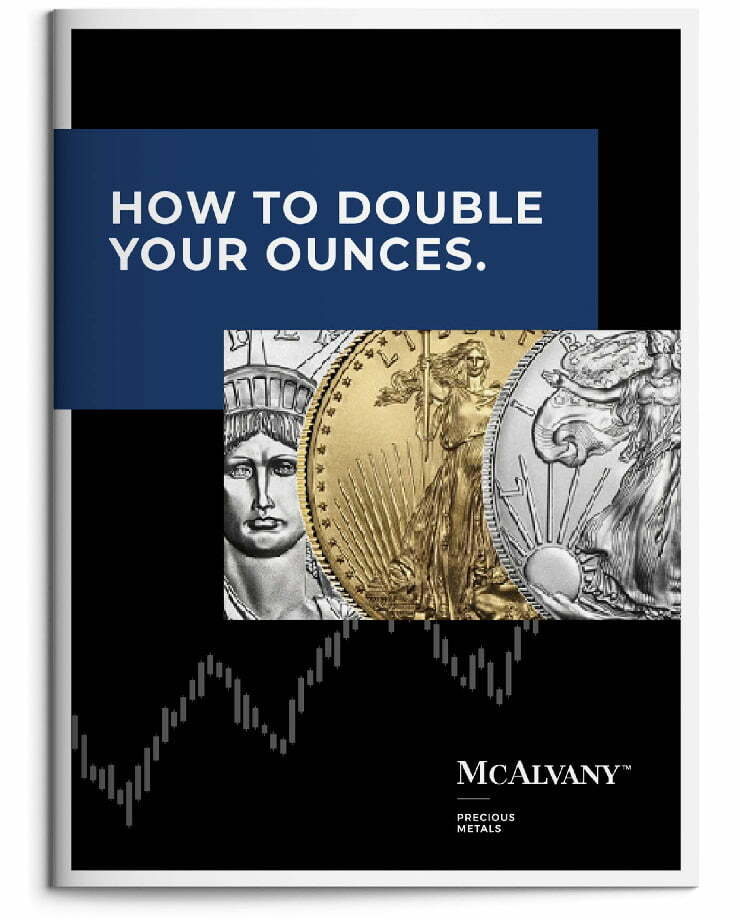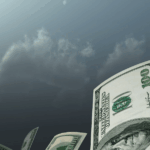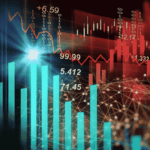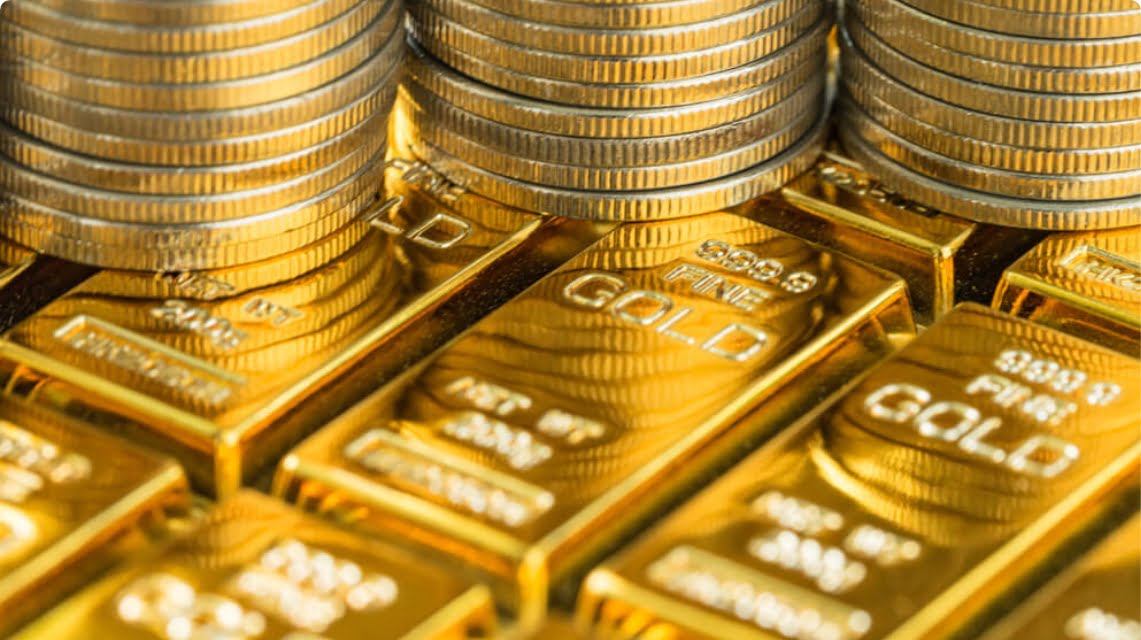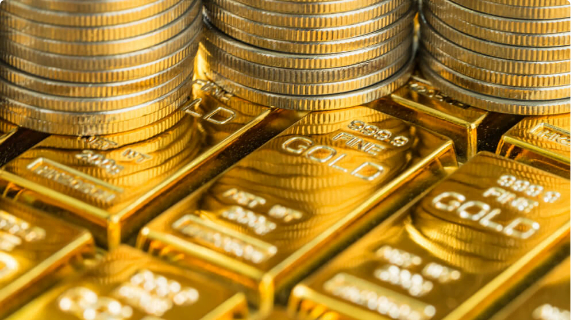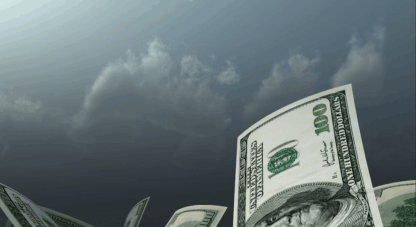Gold and silver continue to warn of the high risk associated with massive global changes. Though in America the public’s preferred strategies of border and crime control, smaller and more responsive government, and merit-based selection for jobs and education are being enacted, Trump’s economic policies—also popular—remain untried and uncertain. If they fail, what fails with them?
That question looms large, but it might be secondary. The primary question might be: what happens in the purely economic sphere if Trumponomics fails? Depression? Hyperinflation? A crack-up boom? The inability of America to defend itself (America’s best weapons in most of its wars have been its economy and its manufacturing capability)? Perhaps two or more of these things?
These questions are not posed to express pessimism, but realism in an uncertain time. Gold’s price is expressing the concerns of many millions—perhaps billions—of people throughout the world. It’s saying that fiat currencies are going down worldwide and risk is consequently going up. The one country that is flirting with a gold-backed currency retains powerful elements of an economic system that has destroyed the economy of every other country that has implemented it.
In short, as several of the below analysts note, gold and silver are a safe harbor as some very nasty storm clouds gather. We all hope the storm heads back out to sea, but that is not in our control. Being in the safe harbor, however, is a decision we can still make.
Key Takeaways:
- The case for keeping your metals close
- Small signs of big developments
- The world’s new reserve currency takes shape
- Don’t let gold’s ups and downs blind you to its destination
The McAlvany Weekly Commentary: Hundreds Of Tons Of Silver Scrambles To London
David and Kevin dive into the recent chaos in the silver market, where hundreds of tons of the metal scrambled across the Atlantic to London. Fueled by surging ETF demand, the silver market saw lease rates skyrocket to a staggering 200%, creating a logistical and financial nightmare. David explains the distinction between the spot market in London and the futures market in New York, noting how mismatched inventories led to costly hedging scenarios and backwardation—a rare and dramatic shift in pricing dynamics. Amid the turbulence, major players like J.P. Morgan and HSBC mobilized fleets of 747s to ferry silver overseas, while investors faced eye-popping costs just to hold inventory. Kevin draws parallels to the 1970s silver frenzy and even 2008’s liquidity crises, emphasizing the importance of holding physical metals as a hedge against such volatility. The duo also explores broader market implications, from ETF-driven demand to rising premiums on small-format products, painting a vivid picture of a metals market both “expensive and overbought, yet under-owned.” As always, they balance in-depth analysis with practical advice, urging investors to consider the value of diversification and physical ownership in times of market dislocation.
Credit Bubble Bulletin: Infestation
Doug’s latest commentary paints a vivid picture of the precarious state of today’s financial system, likening the current environment of “Terminal Phase Excess” to a breeding ground for cockroaches—small signs of trouble that hint at much larger systemic risks. He examines recent cracks in the credit market, including loan fraud revelations at regional banks like Zions Bancorp and Western Alliance, and the collapse of firms such as First Brands and Tricolor Holdings, which signal stress in leveraged loans and collateralized loan obligations. Doug also highlights the dangers of loose monetary policy fostering risky lending, fraud, and speculative behavior, all while debt bubbles expand unchecked across sectors like private credit and AI investments. Despite big banks like JPMorgan reporting record profits, he warns that these excesses are unsustainable, with credit issues looming amid tightening conditions. He draws parallels to past bubbles, emphasizing that today’s global credit excess dwarfs the pre-2008 mortgage crisis. Amid geopolitical tensions, trade wars, and shifting global dynamics, Doug cautions that these “cockroach sightings” are early warnings of a broader financial “infestation,” urging readers to prepare for the possibility of significant deleveraging and market upheaval.
Hard Asset Insights: The Case for a New Price Reality
Morgan explores the seismic shifts underway in the global monetary system, framing gold as the central player in a post-petrodollar era. He traces the origins of this shift back to the U.S.’s 2008 policy of printing its way out of crisis, which Morgan argues set off a wave of mistrust among nations like China. Since then, China has worked methodically to internationalize the yuan via its Shanghai Gold Exchange, pairing it with gold convertibility to challenge the dollar’s dominance. Recent moves, such as launching an offshore gold vault network, signal China’s ambition to establish a yuan-centered trading system backed by gold as a neutral reserve asset. Morgan ties this to the broader unraveling of the petrodollar system, pointing to its unsustainability as outlined by Triffin’s dilemma, where the costs of being the global reserve currency now outweigh the benefits for the U.S. He also highlights the potential for accelerating gold demand amid declining U.S. shale production, a weaker dollar, and shifting global trade dynamics. While acknowledging the possibility of short-term corrections in gold’s price, Morgan predicts a generational revaluation, with gold poised to cement its role as the most trusted form of money in a rapidly evolving global financial landscape.
Golden Rule Radio: Historic Metals Breakout
In this episode of Golden Rule Radio, the hosts dive into what they call a “historic breakout” for precious metals, with Miles and Robert dissecting gold’s climb to over $4,200 and silver’s explosive 8.4% jump past $53—shattering its 1980 and 2011 highs. They highlight silver’s standout performance, likening its momentum to “a door being thrown open,” driven by years of underpricing, industrial demand, and speculative interest. Despite technically overbought signals, profit-taking has been minimal, signaling a potential long-term repricing rather than a short-term rally. The duo also examines the gold-to-silver ratio, now narrowing around 78:1, presenting ripe opportunities for ratio-based trading strategies to grow total ounces over time. On the physical side, they note tightening supply in silver markets, with refineries pausing purchases to catch up on orders, widening bid-ask spreads. Platinum and palladium also earn a mention, with steady gains and significant intraweek volatility. Zooming out, they tie the rally to broader market instability, discussing how geopolitical and economic uncertainty continues to underline gold’s role as a defensive asset. For investors, the message is clear: the current environment offers both challenges and opportunities, with disciplined strategies like ratio trading helping to capitalize on the metals market’s natural swings.
